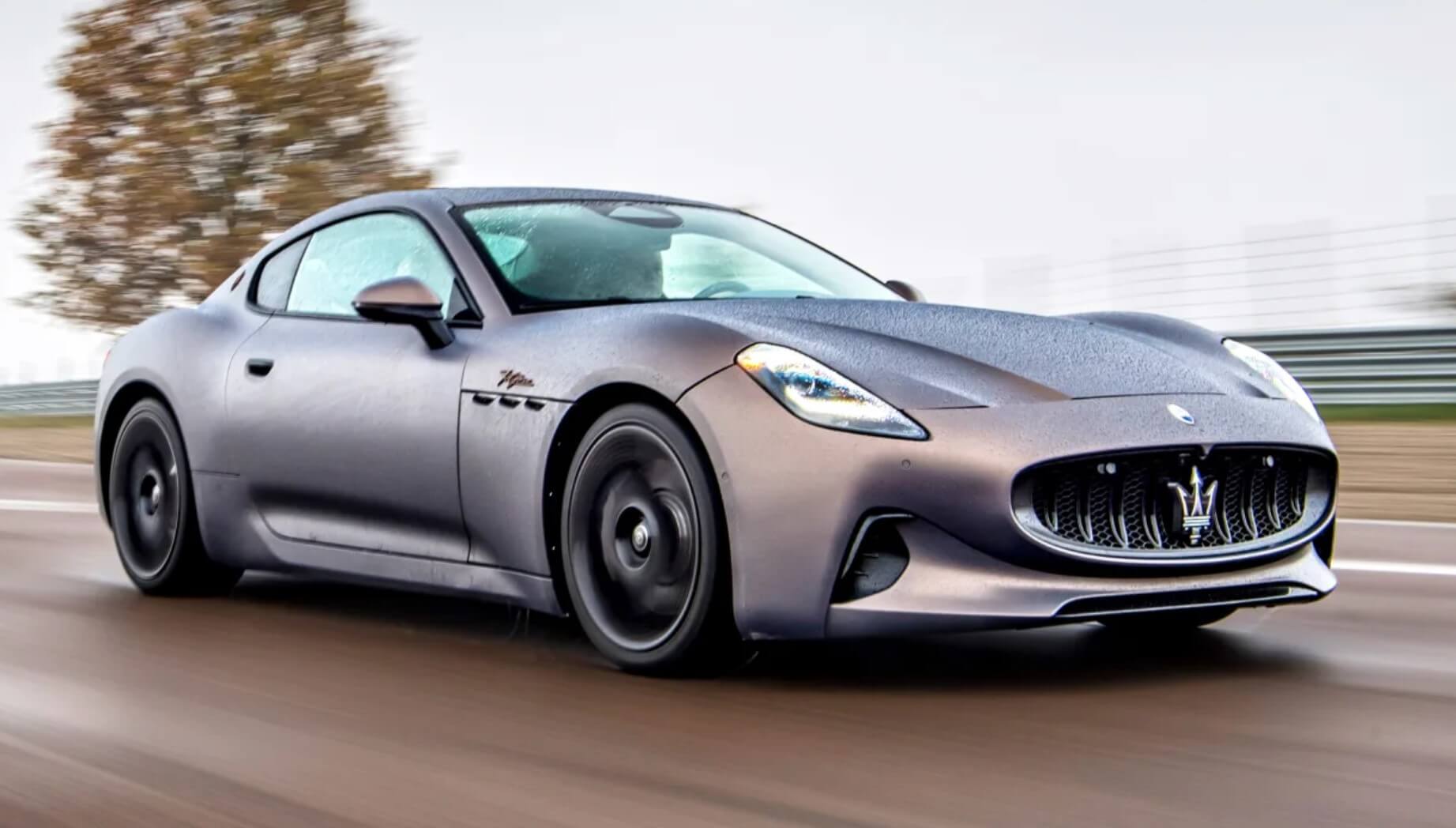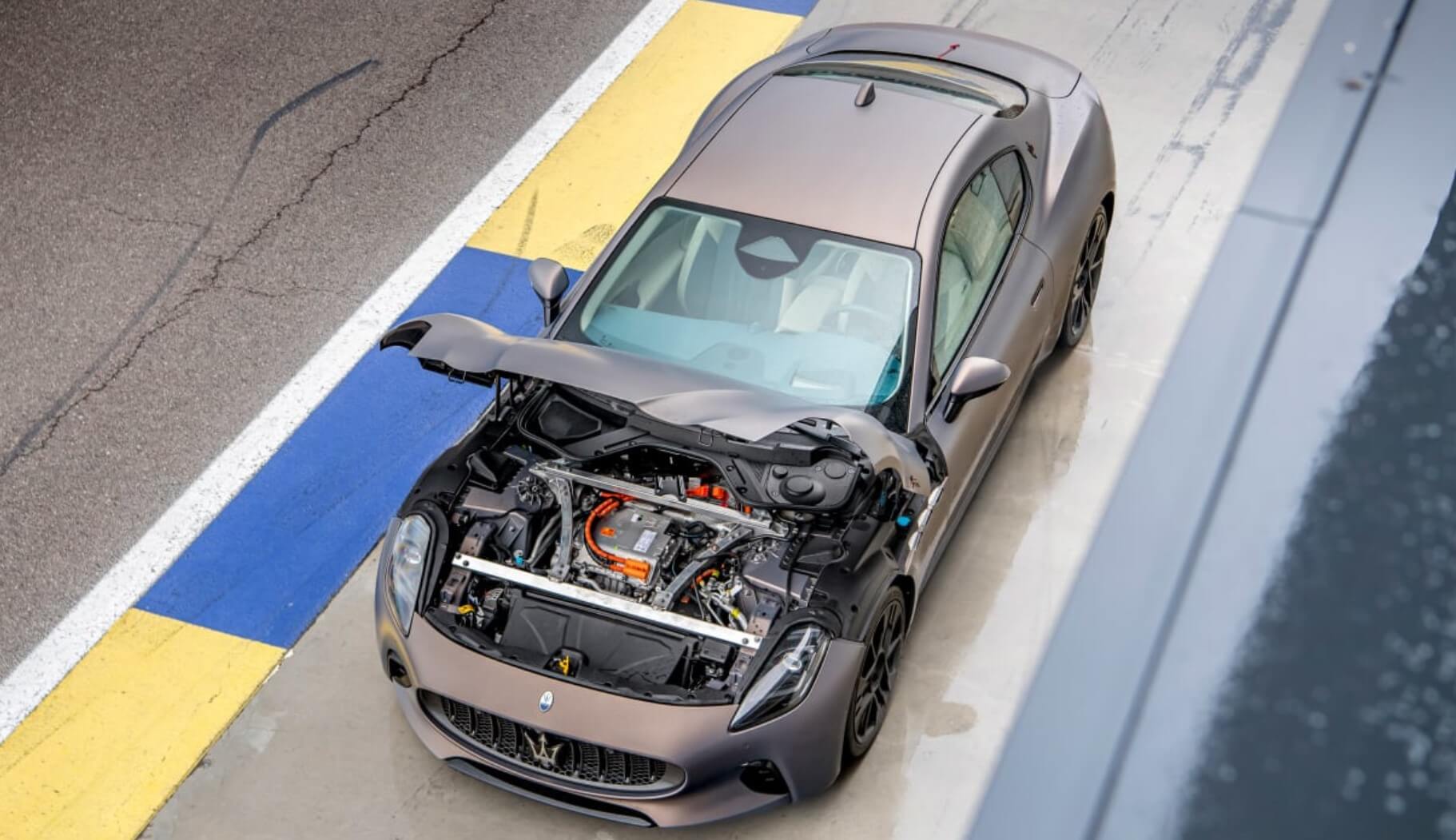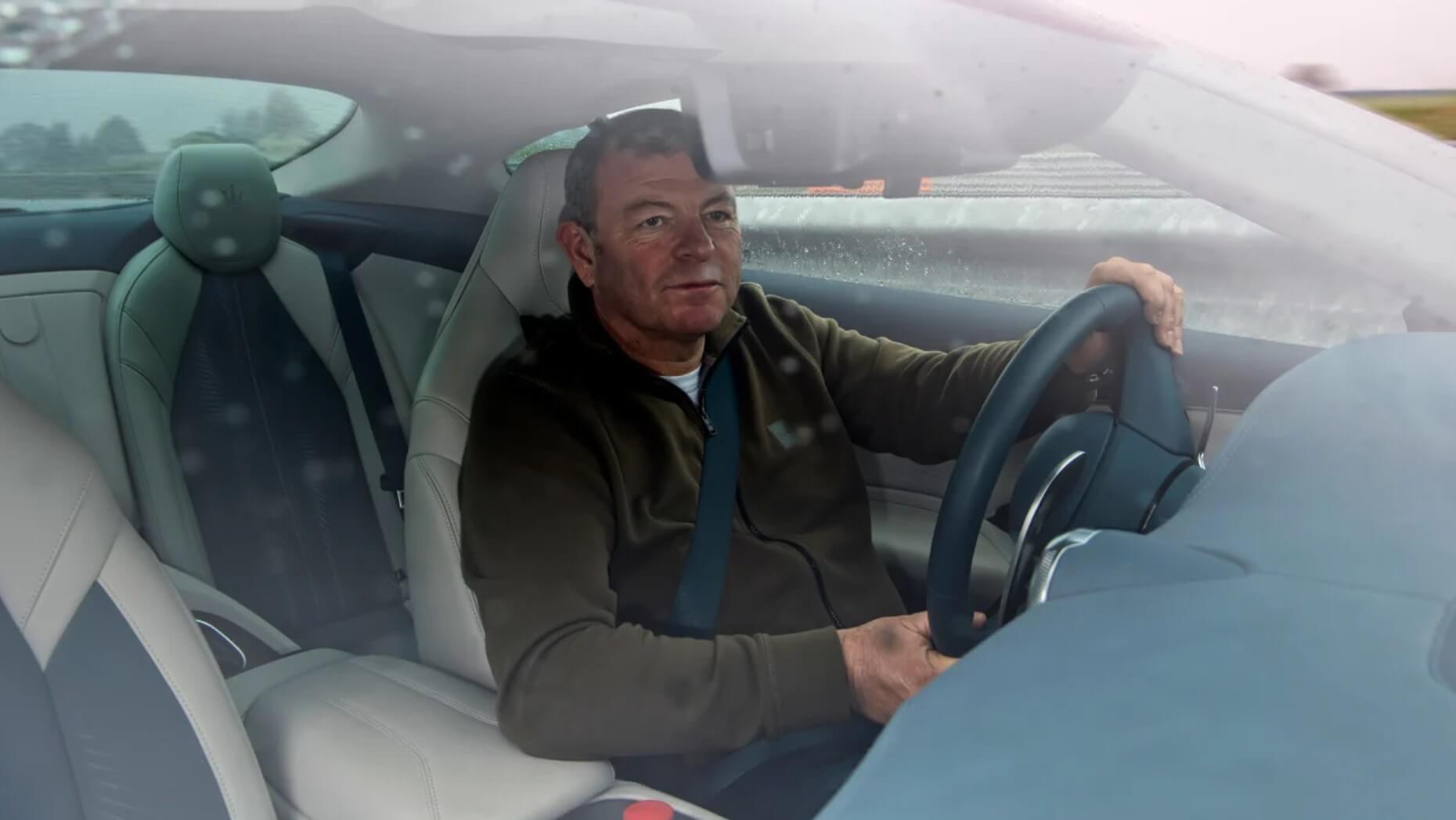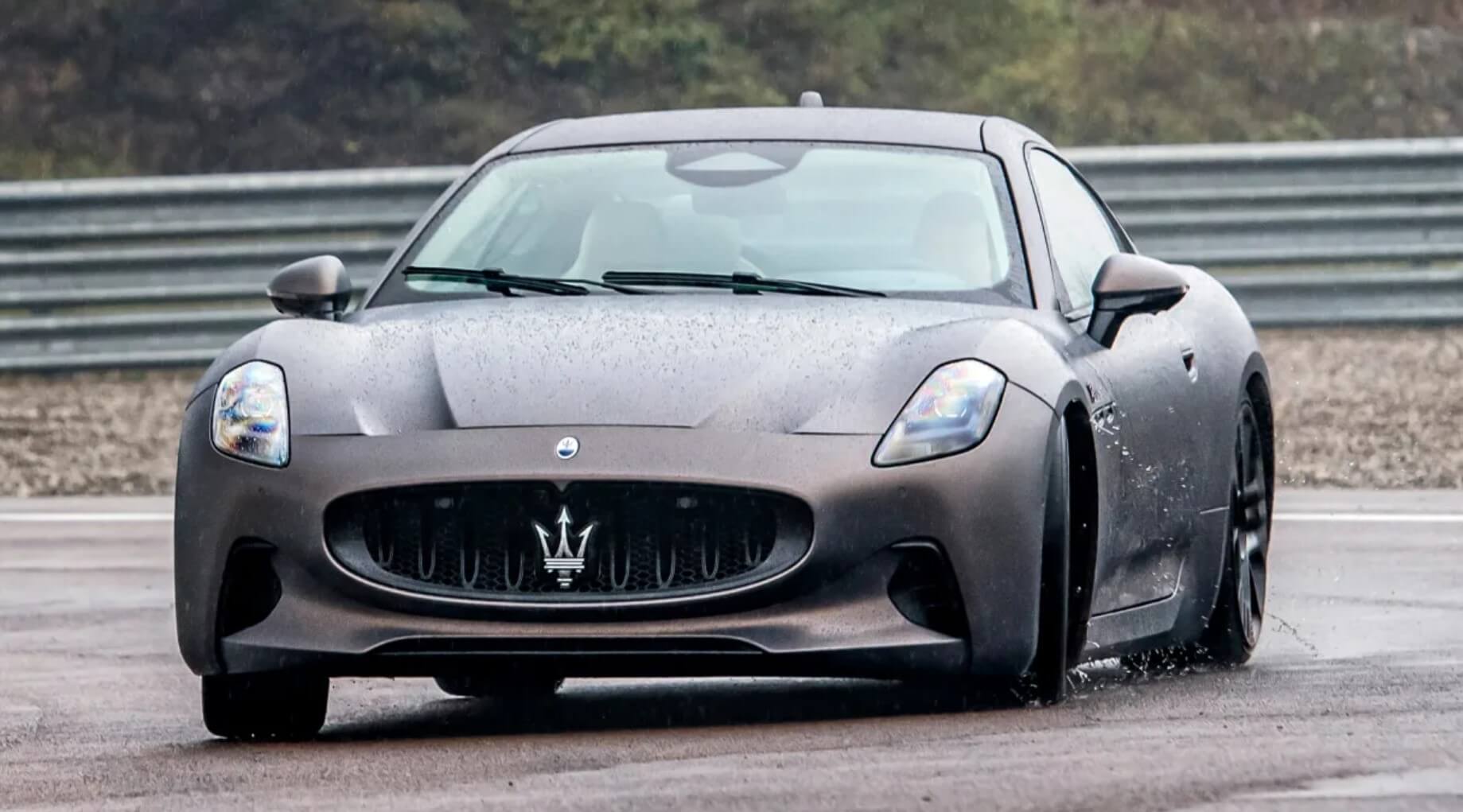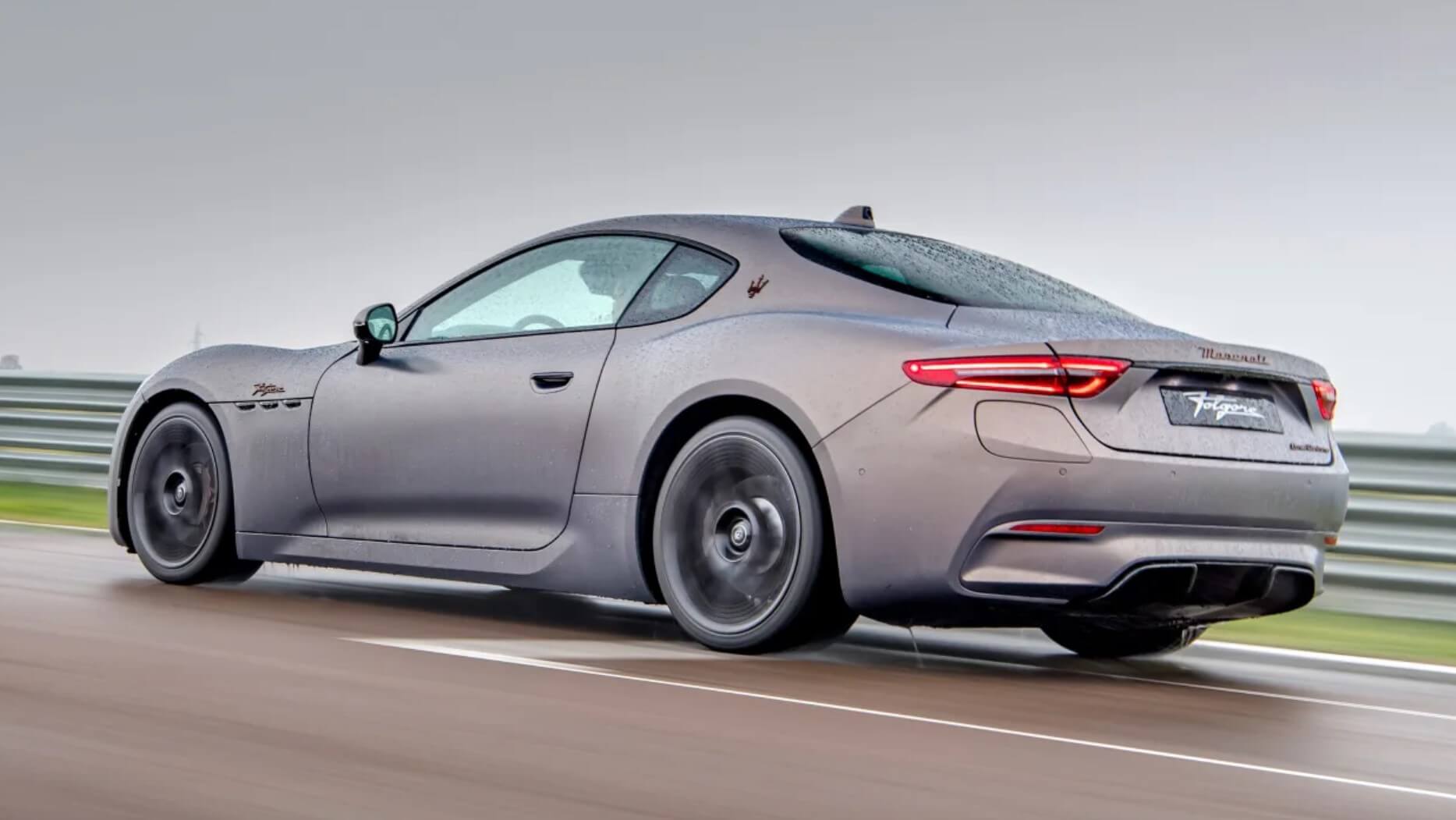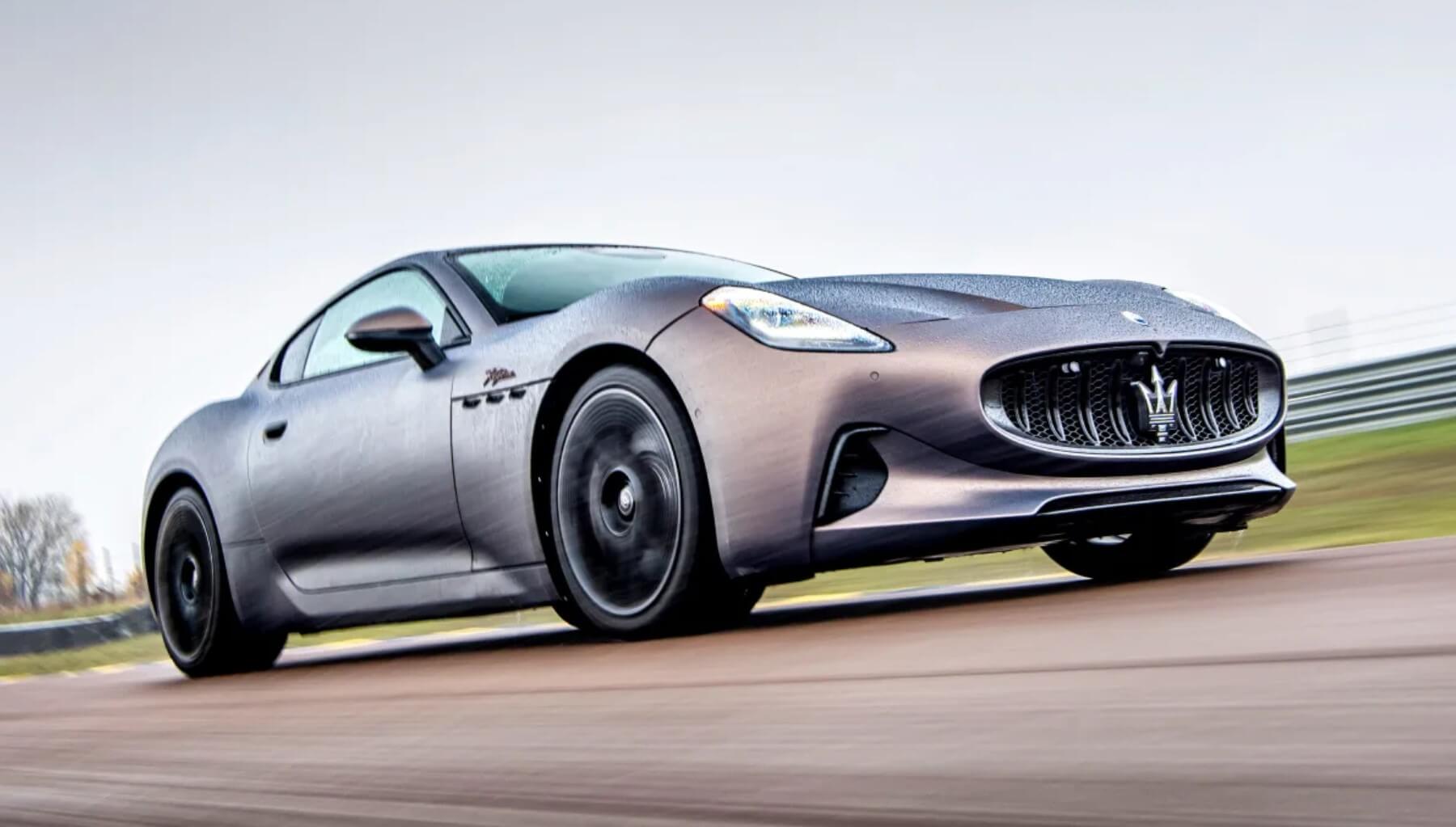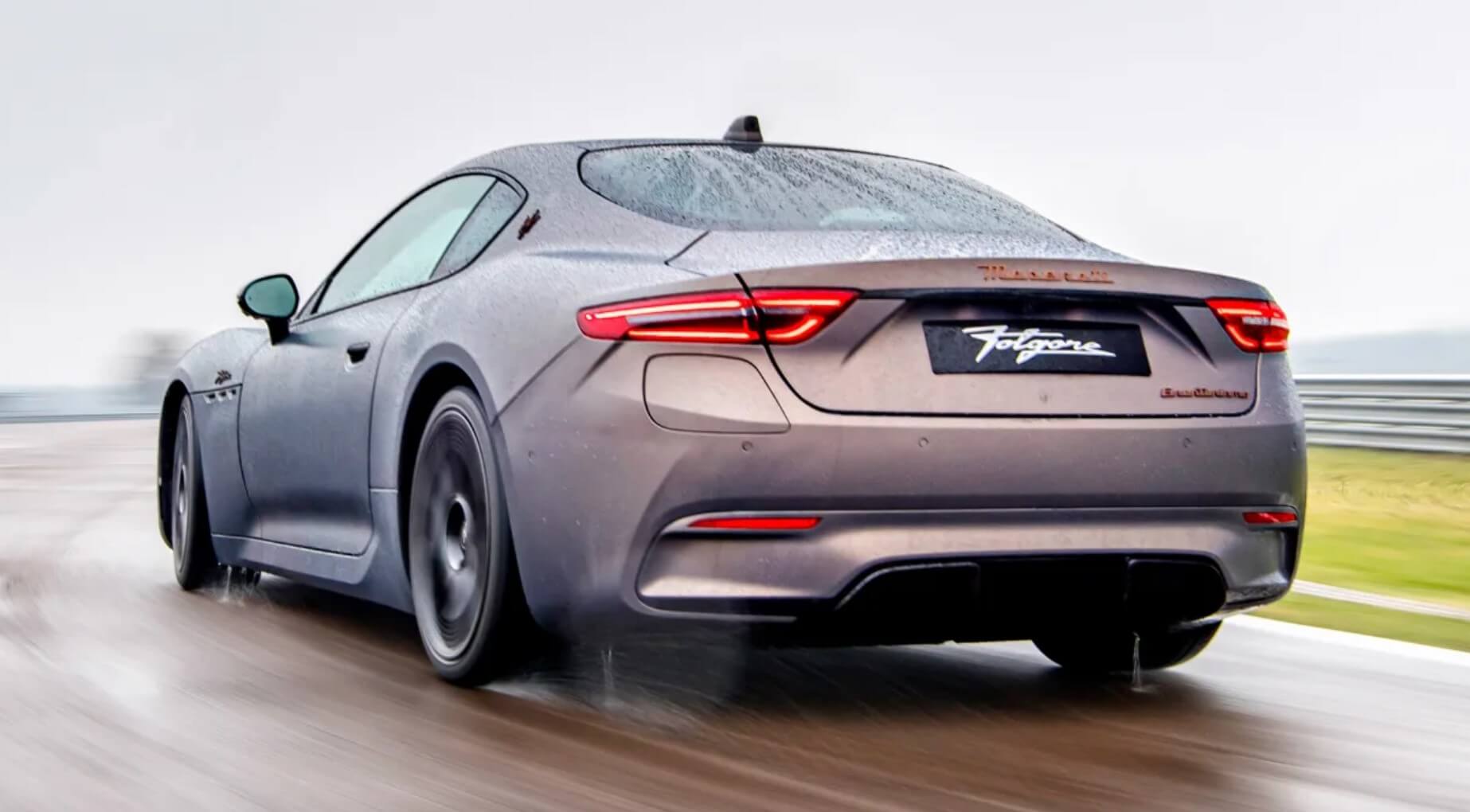Maserati enters electric era with a new 560kW BEV coupe that features outstanding performance, but is there enough drama? We test the new model ahead of Australian deliveries later this year.
The new GranTurismo Folgore – which means ‘lightning’ in Italian – is a crucial new car for Maserati. Why? Because the all-electric powertrain that sits beneath its elegant new nose then runs all the way beneath its aluminium floor and stylish new body will – eventually – become the only powertrain available in a Maserati, once fossil-fuelled cars have left the building sometime within the next decade. So Maserati needs to get it right, no excuses.
For the time being, the Folgore will go on sale alongside V6-engined versions of the all-new GranTurismo so that by 2025 all new Maseratis will be offered with a choice of either EV or V6 petrol propulsion.
The version we’re driving here is a late-stage pre-production car with a non-representative dashboard, hence the reason there are no cabin photographs of this available yet. The proper interior will be revealed in late spring, says Maserati. But for the rest of the car, what you see is what you get, and in simple terms this means you get an awful lot. That is on paper, at least – although as we’ll see, more sometimes equals less when it come to the aspects that count most in a Maserati.
The headline figures are pretty spectacular, no matter which way you choose to cut them. From a 92.5kWh battery the Folgore produces a whopping 870kW of what Maserati calls “installed power”, which translates to 552kW of power to the wheels. The full 870kW won’t be deployed until “later” once the battery can deliver on this demand, say the engineers.
So for now, the Folgore’s three electric motors each deploy 184kW; there’s one at the front and two at the rear. That’s enough to fire the 2260kg Folgore to 100km/h in 2.7 seconds and to a top speed of 320km/h, says Maserati, making it way faster than the 360kW Modena and 405kW Trofeo V6 versions of the new GranTurismo, despite these models weighing over 400kg less than the battery-electric Folgore.
As a result, it has a highly sophisticated torque vectoring system that dishes out energy to whichever end or side of the car can handle it best, so although it’s four-wheel drive in theory, in practice it behaves more like a rear-wheel drive car, says Maserati. And on the move that’s exactly how it feels.
There are four different drive modes to choose from – Range, GT, Sport and Corsa – and in each mode the artificial noise generated by the car’s numerous speakers (some of which are mounted in the rear bumpers to provide an exterior “sound personality” for onlookers to enjoy) gets louder. At idle it emits a weird, digitised V8 rumble that fades, disappointingly, as you start to move. At the same time the maps for the throttle, ESC and the adaptive air suspension all get more sporting as you scroll up through the various modes.
At no point, however, does the Folgore turn into a hard-riding, uncompromised sports car. In all its modes it remains a consummate GT car in terms of its ride quality and steering precision, and in its braking responses, which are excellent.
What’s disappointing, though, is not the magnitude of its performance (which is always somewhere between strong and immense) but instead its curious absence of character. Maserati has made the Folgore as quiet as possible on the move, despite its numerous speakers, and in practice this has made it a peculiarly undramatic car to drive. Which means it is also a strangely unmemorable car to drive in many ways, despite being very quick in a straight line and fundamentally well sorted under braking and through the corners.
It’s almost as if Maserati has gone too far in its efforts to make the Folgore as refined as it possibly can. Some personality needs to be re-injected back into it somehow, to make it more of an event to be a part of – because as it is, and no matter how potent it is in a straight line, the Folgore lacks sparkle. Not just beside Maserati’s other V6-engined cars, but compared with most of the more exciting EVs from company such as BMW, Audi, Porsche, Polestar and, yes, even Tesla as well.
The bottom line is that the V6 versions of the new GranTurismo will, we suspect, be infinitely more desirable cars to drive overall when they go on sale later this year in Australia, despite being a fair bit slower than the Folgore.
They will also be capable of travelling a lot further than the Folgore’s claimed 450km range and will be much more convenient to refill once empty (although with 270kW charging capability thanks to its all-new 800-volt platform Maserati does claim 100km of range can be added in just five minutes as maximum charging speed), both key factors in a grand tourer such as this. For the time being they will, we suspect, be the more desirable versions, full stop.
Fortunately Maserati has some time to get the Folgore and the other EV versions of its models in the pipeline right. But until they do, the V6s will still be the ones to go for in our opinion – and by a fair old margin on this evidence.
The all-electric GranTurismo Folgore is a key car for Maserati, because it represents the future for one of Italy’s most famous car companies. In most ways it’s a strong contender that has huge on-paper performance, looks good and has an obvious sense of occasion at its core. But the electric powertrain lacks charisma and the performance isn’t as dramatic as it should be in practice, so the jury’s still out – for the time being.
| Model: | Maserati GranTurismo Folgore |
| Price: | $350,000 (est) |
| Powertrain: | 92.5kWh battery/3x e-motors |
| Power/torque: | 552kW/1350Nm |
| Transmission: | Single-speed automatic, all-wheel drive |
| 0-100km/h: | 2.7 seconds |
| Top speed: | 320km/h |
| Range: | 449km |
| Charging: | 270kW |
| On sale: | 2023 (Australia) |




